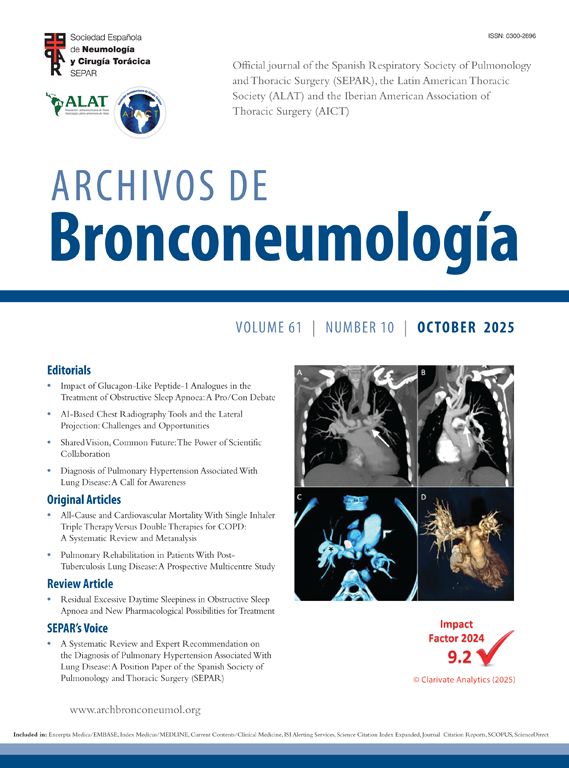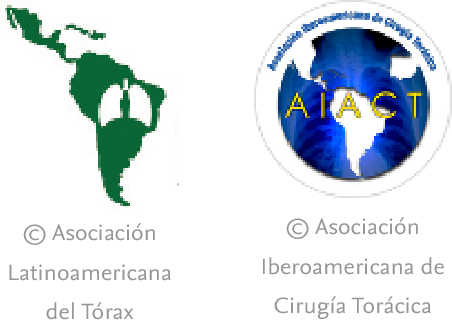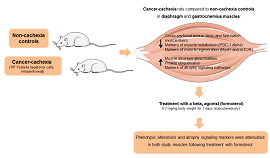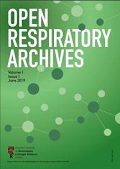A 24-year-old male was incidentally found to have a pulmonary nodule on chest radiography during a routine examination. He reported no respiratory symptoms, including cough or hemoptysis, nor any other systemic complaints. Laboratory investigations revealed no abnormalities. Chest CT imaging (Fig. 1A–E) depicted a well-demarcated, uniformly dense, approximately 2.5cm×2.8cm×3.2cm, circumscribed soft tissue mass in the right middle lobe. The lesion demonstrated homogeneous enhancement post-contrast administration, with attenuation values of approximately 58HU pre-contrast, 130HU in the arterial phase, and 107HU in the venous phase. Histology (Fig. 1F) demonstrated epithelioid and spindle cells with abundant cytoplasm, arranged perivascularly. Immunohistochemistry was positive for CD34, EGFR, Melan-A, Melanoma Marker, and SMA. Post-operative pathology confirmed perivascular epithelioid cell tumor (PEComa). Five-year follow-up showed no recurrence or metastasis. Pulmonary PEComas are rare, mesenchymal tumors originating from perivascular cells, often asymptomatic and found incidentally. Characteristic imaging findings include peripheral, solitary, uniformly dense soft tissue nodules enhancing homogeneously in the arterial phase and showing persistent, but slightly reduced, uniform enhancement in the venous phase. Pre-operative diagnosis is challenging and relies on pathological confirmation. Most cases are benign with an excellent prognosis, though rare malignant variants are more aggressive and prone to metastasis.1
Chest CT non-contrast scan (A, B, E) depicted a well-demarcated, uniformly dense, circumscribed soft tissue mass in the right middle lobe. The lesion demonstrated homogeneous enhancement post-contrast administration (C, D). Hematoxylin and eosin staining (F) demonstrated epithelioid and spindle cells with abundant cytoplasm, arranged perivascularly.
Q.L.Z. contributed to the acquisition and preparing the figures; B.L.L. contributed to drafting the text and approved the manuscript.
DeclarationNever used any artificial intelligence tools or technologies to assist in generating the paper.
FundJiangxi Provincial Administration of Traditional Chinese Medicine, Science and Technology Program [Project No. 2023B0479].
Conflict of interestThe authors disclose no conflicts.











